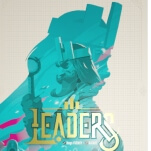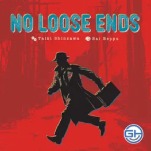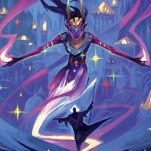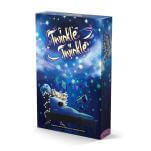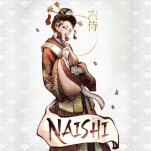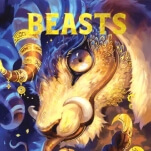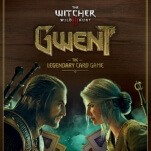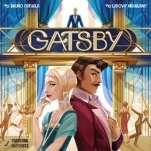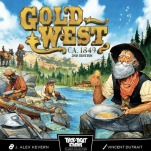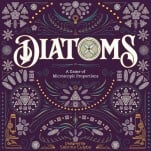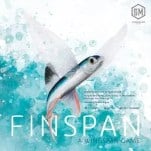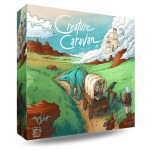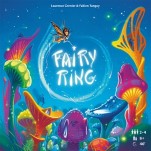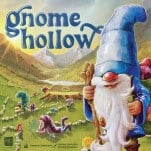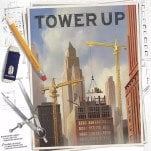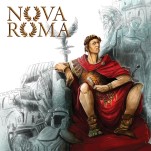The Board Game Leaders Excels in Expert Mode
Main photo by 20meeples.sous.les.mers, provided by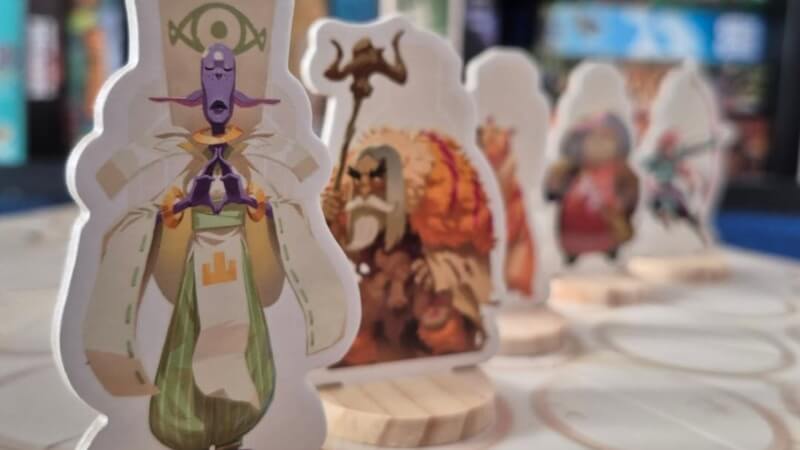
Leaders is a new entrant in the broad field of chess-like games, two-player titles played on a geometric board where the goal is to capture the opponent’s main piece. This one, from first-time designer Hugo Frénoy, becomes highly asymmetric as players choose their pieces in real time, adding one or two per round until each player has five total pieces on the table. The base game here is the way to learn the ropes, but it’s the “expert” variant that makes Leaders a game worth playing again and again. (Also, the box comes with a drawer, which may not be entirely necessary but is definitely the best box design I’ve seen all year.)
Players start out with only one token on the hexagonal board, their Leader, who begins at the nearest vertex. They may move that token one space in any direction, after which the Recruitment phase begins. The first player can choose one of the three Champions available at that point, and then place it anywhere on the two edges of the board nearest to them. The second player will do the same, but on their first turn, they get to select two Champions to mitigate the disadvantage of going second. These turns continue, where players can move their Leader and all Champions before recruiting, until each player has four Champions, after which the game continues with movement phases until one player wins by getting two of their tokens next to the other player’s Leader, boxing the other Leader in so they have no legal move, or winning with the special conditions of certain Champions.
Every Champion in the game is unique. Almost every champion can move normally, moving one space in the movement phase, but every champion has a special ability, some rather cleverly designed. Some just have more movement powers, but others are more interesting, like the Claw Launcher, who can pull himself all the way in a straight line to another Champion, or pull that one towards him (I assume it’s a him, as he looks a lot like Stitch); or the Nemesis, who can’t move at all until the other Leader moves, at which point he gets to move two spaces. The superficial key to winning Leaders is getting the right combination of Champions so that you can mount a successful attack without exposing your Leader too much and/or defending it with Champions who can obstruct or subvert your opponent. In my experience, the real key to winning Leaders is to flood the zone: The faster you get two or three of your champions into the far side of the board, the better chance you have of winning, because your opponent has to play defense and probably can’t push pieces on to your side.
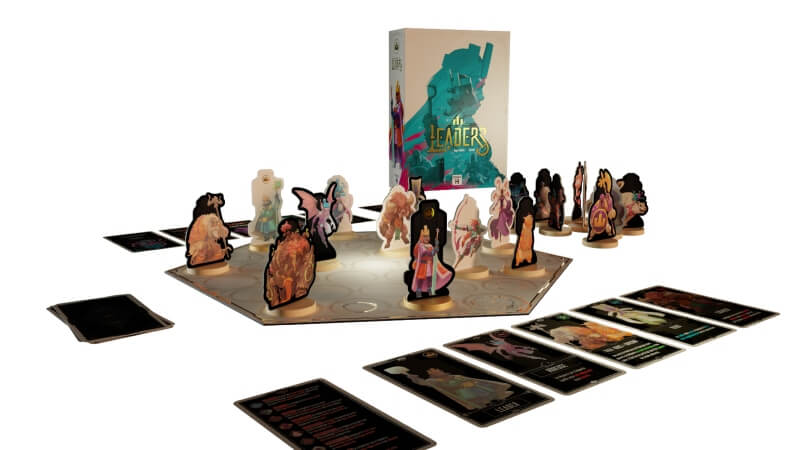
-

-

-

-

-

-

-

-

-

-

-

-

-

-

-

-

-

-

-

-

-

-

-

-

-

-

-

